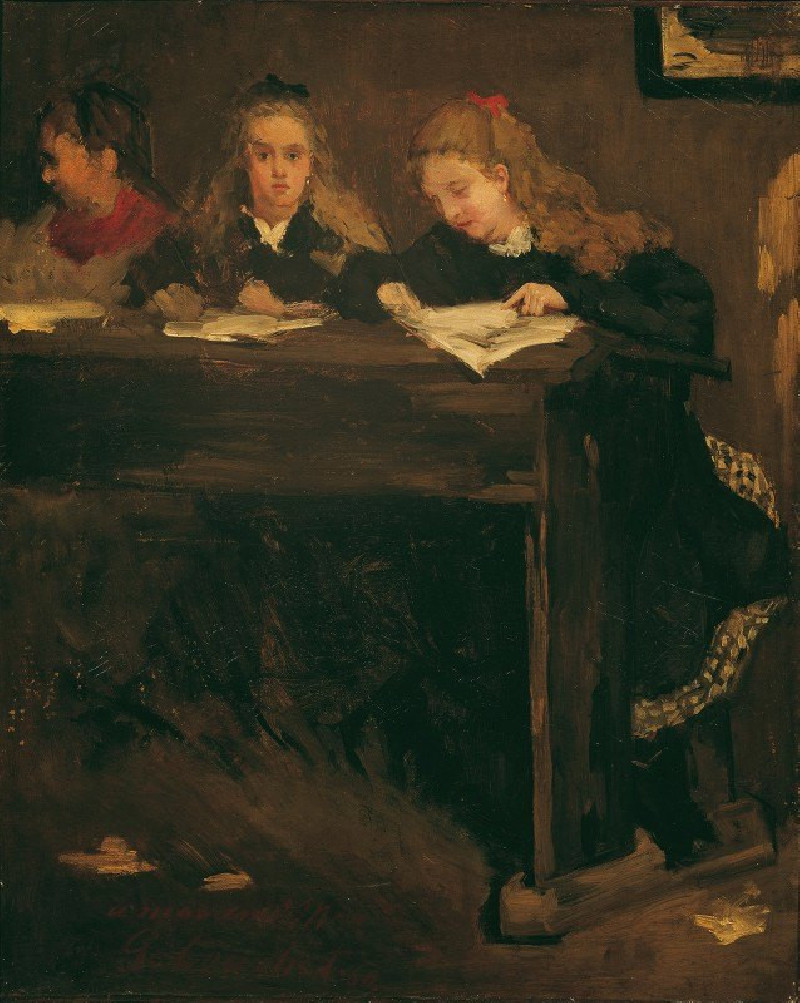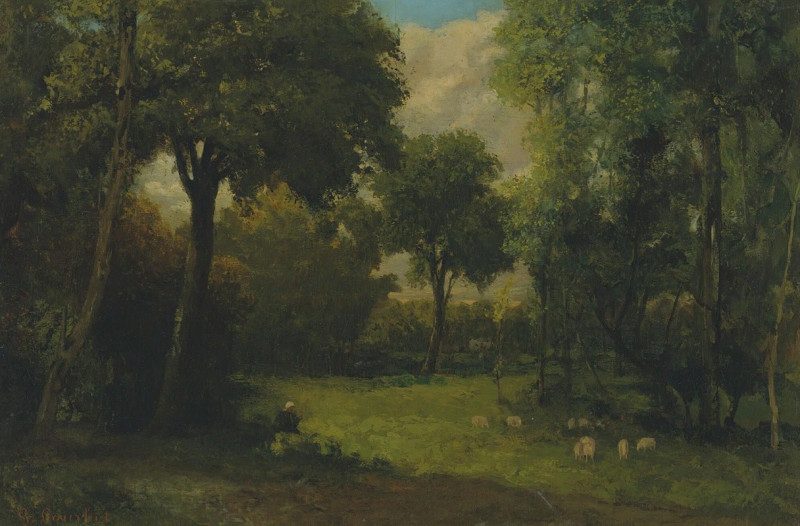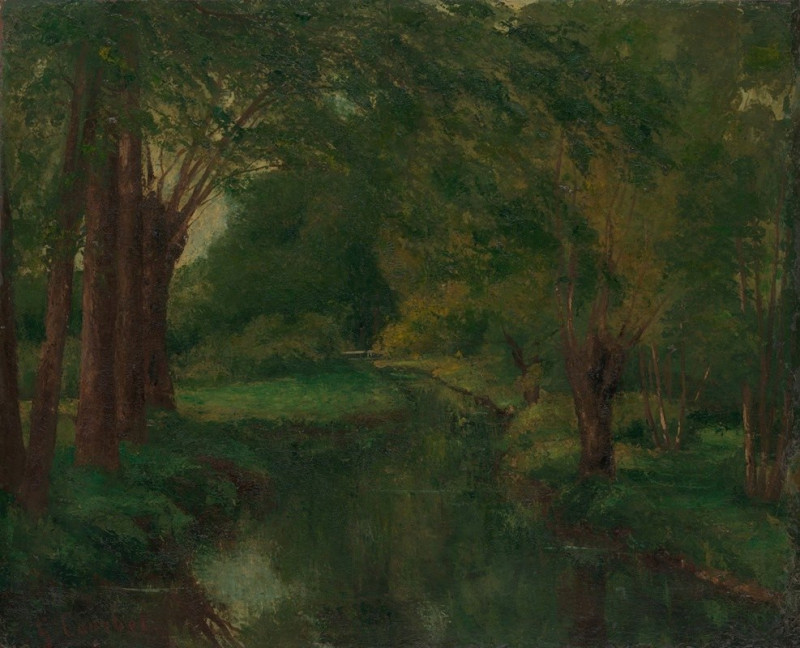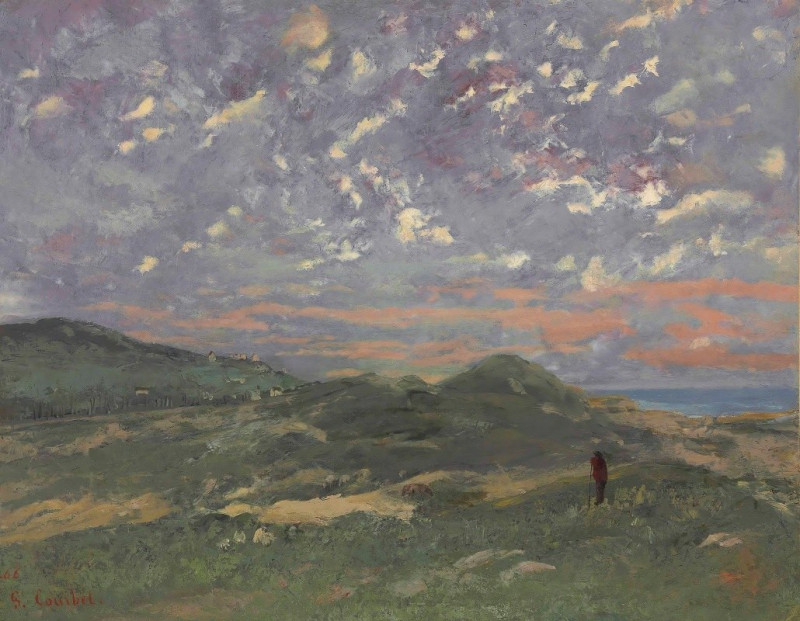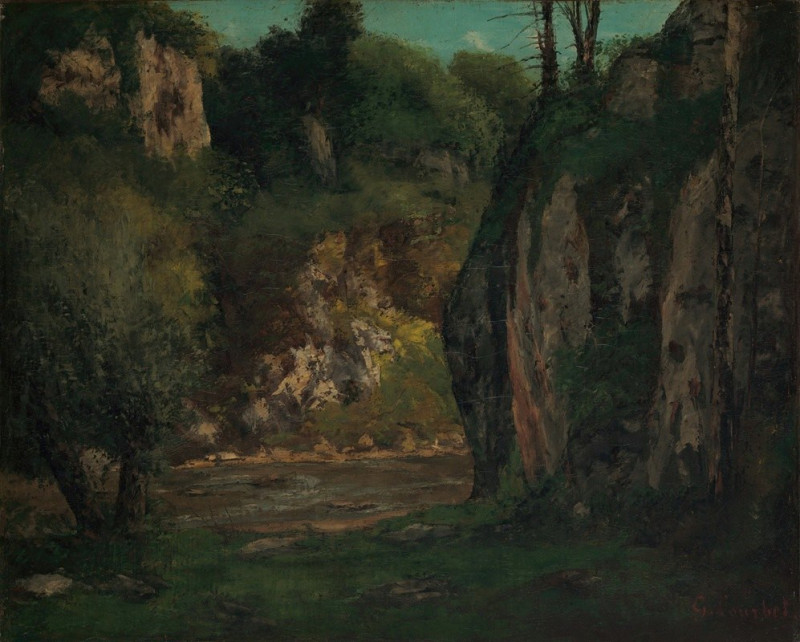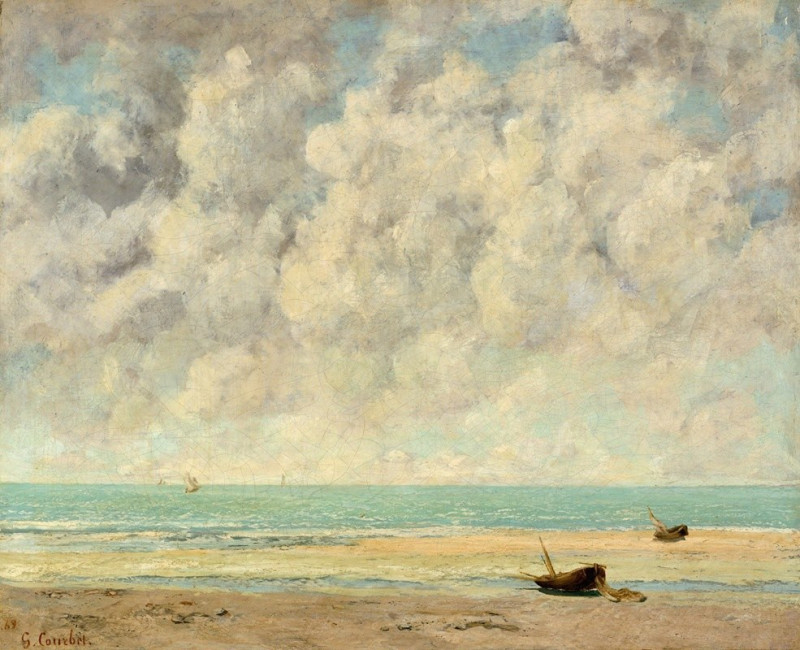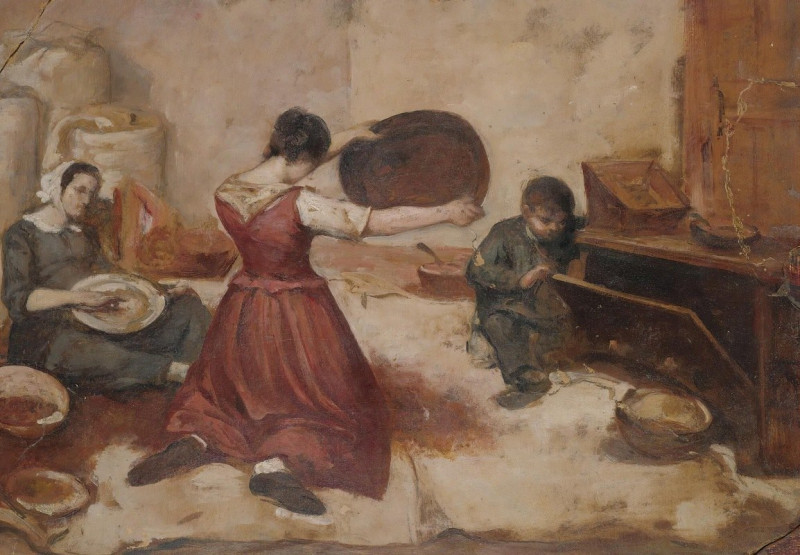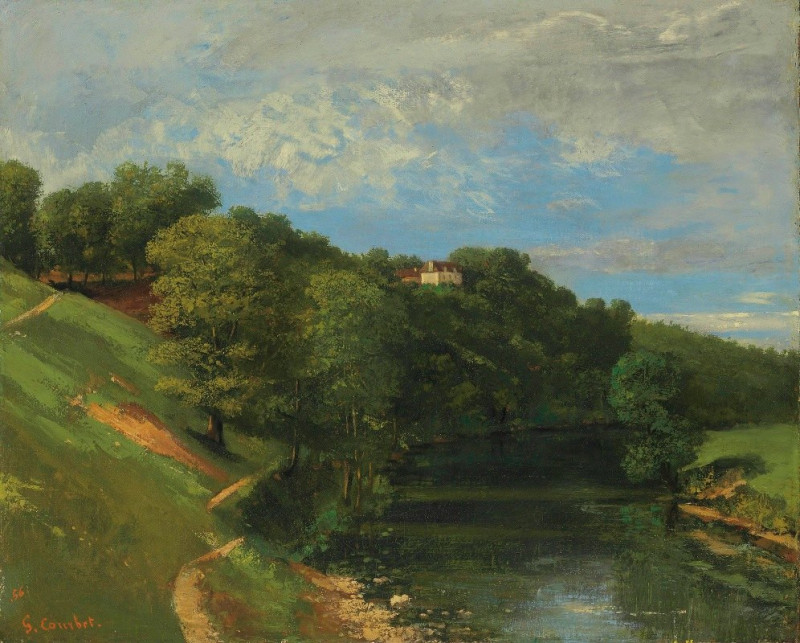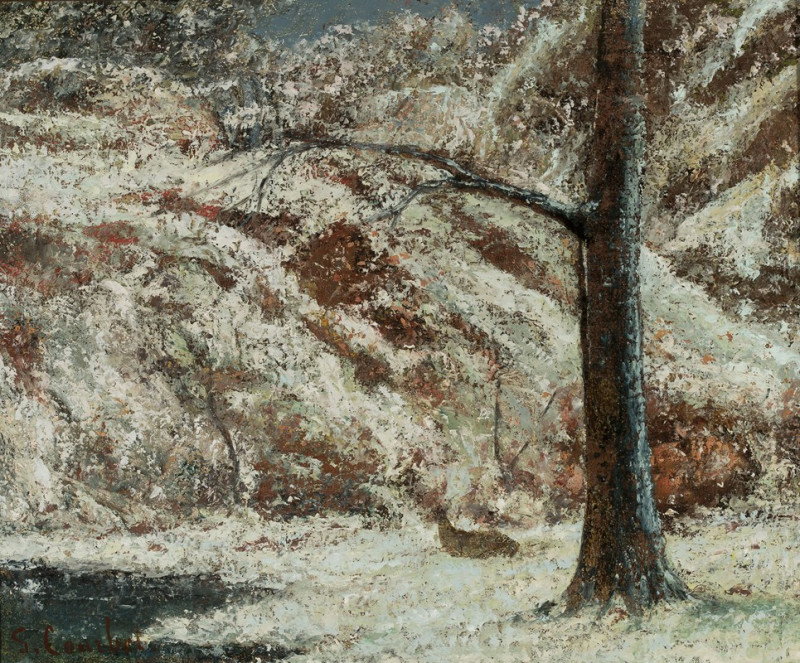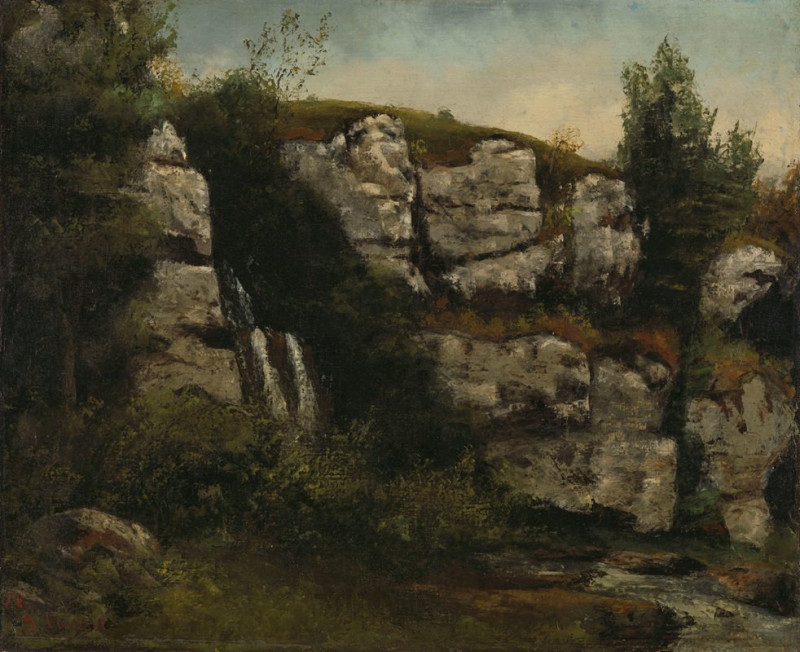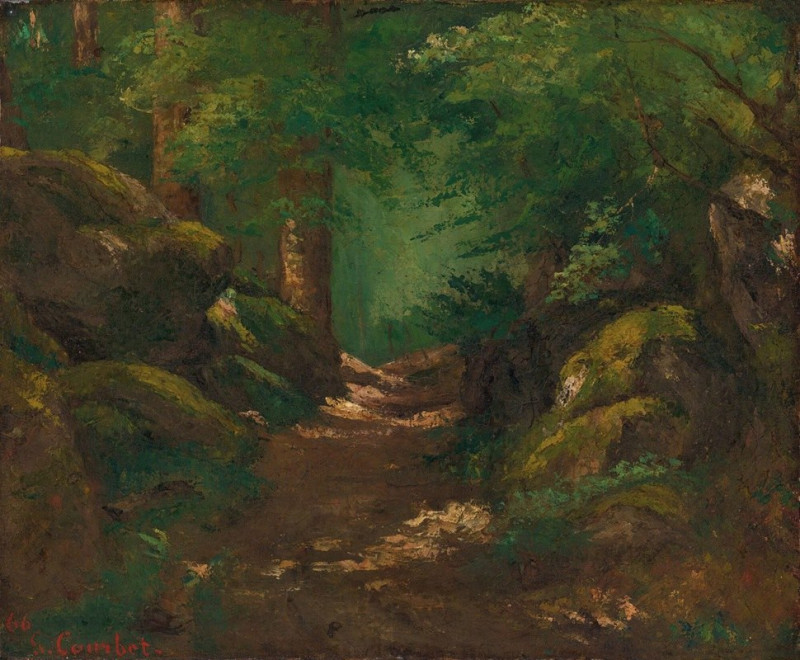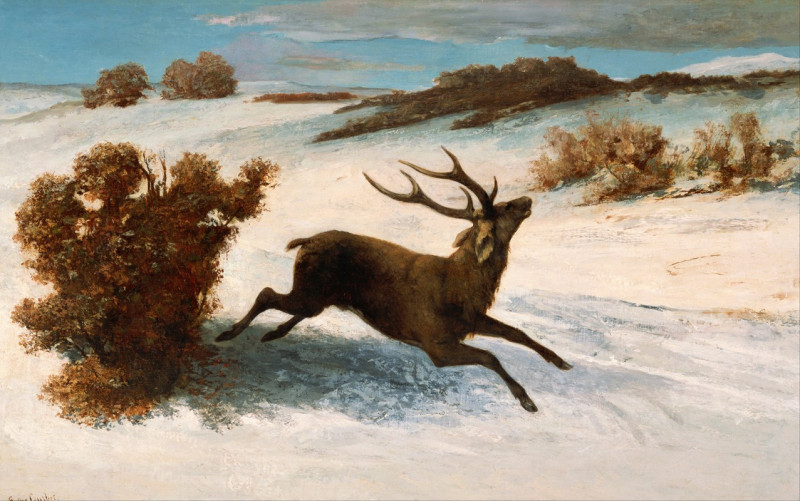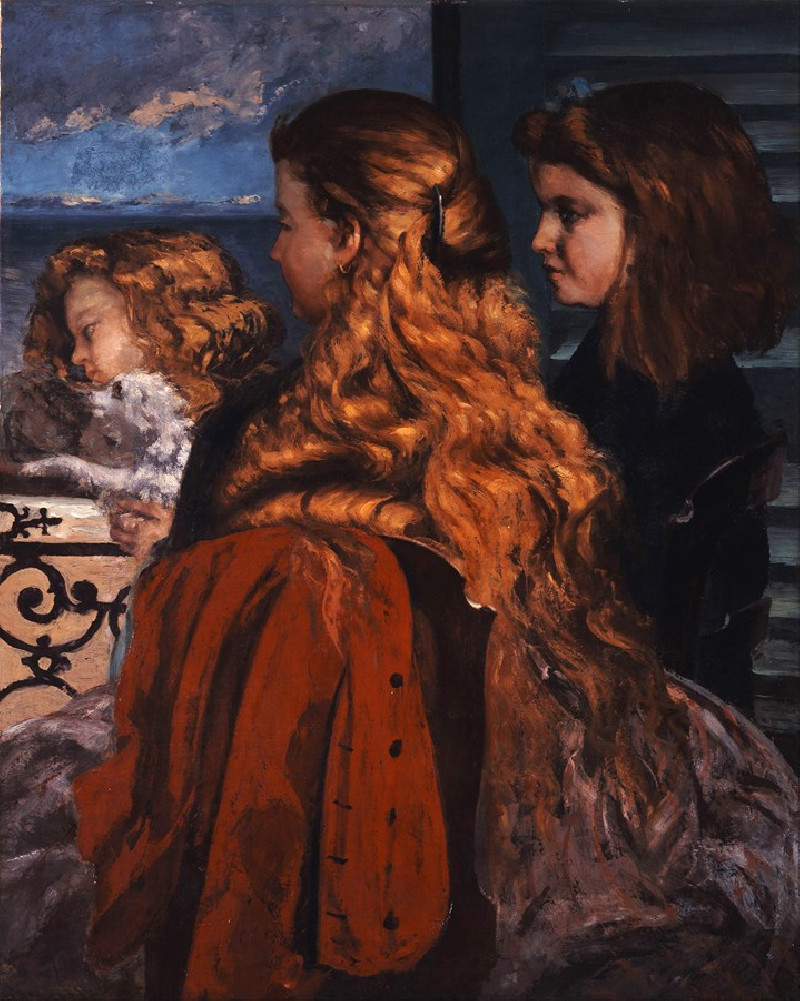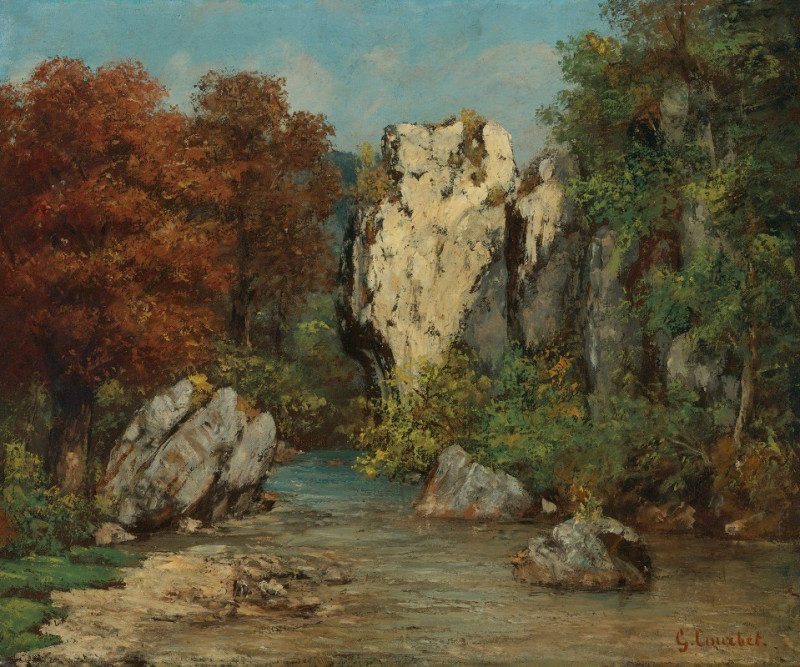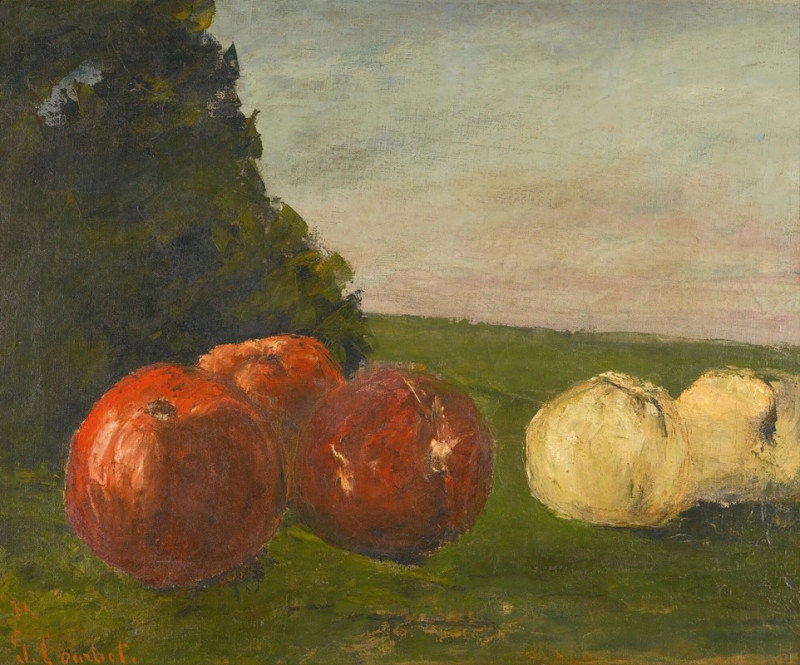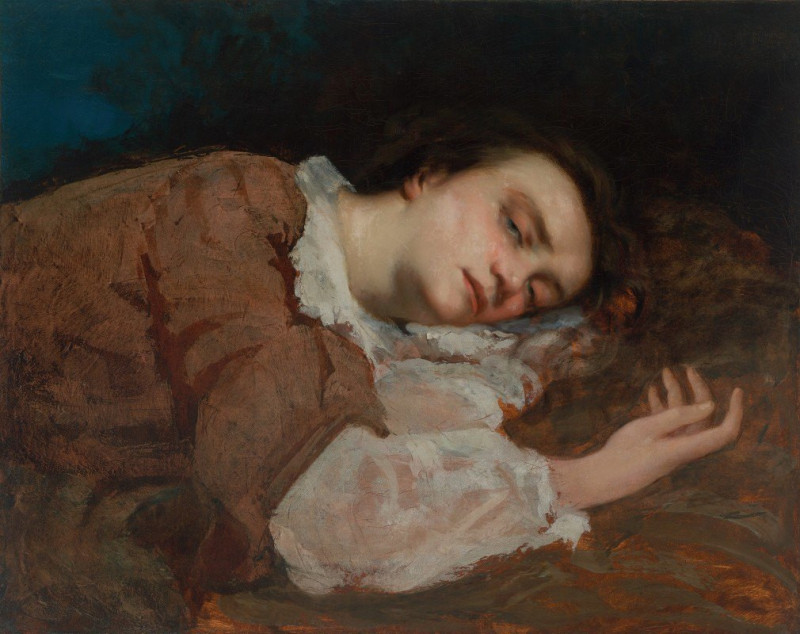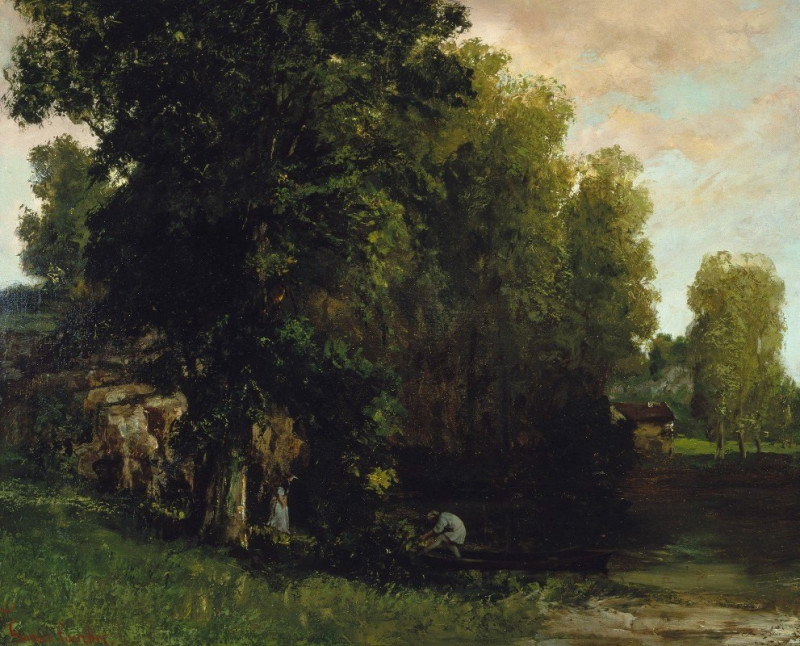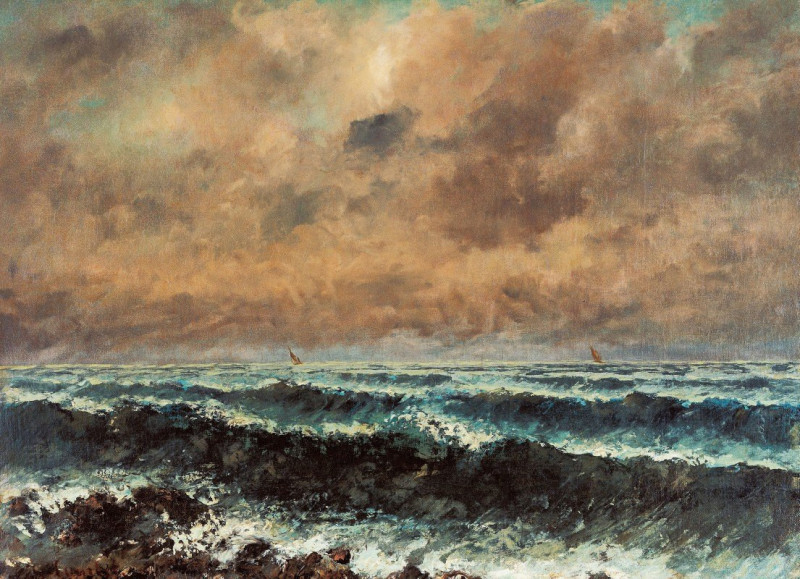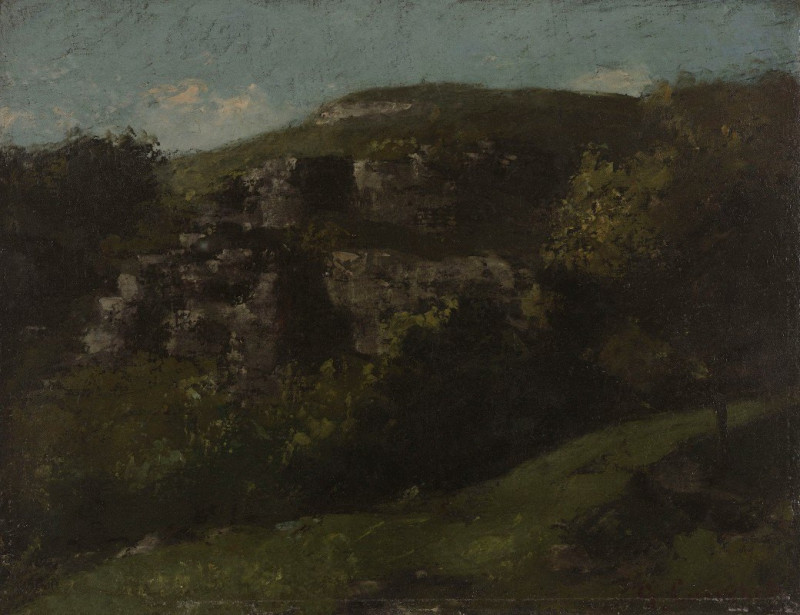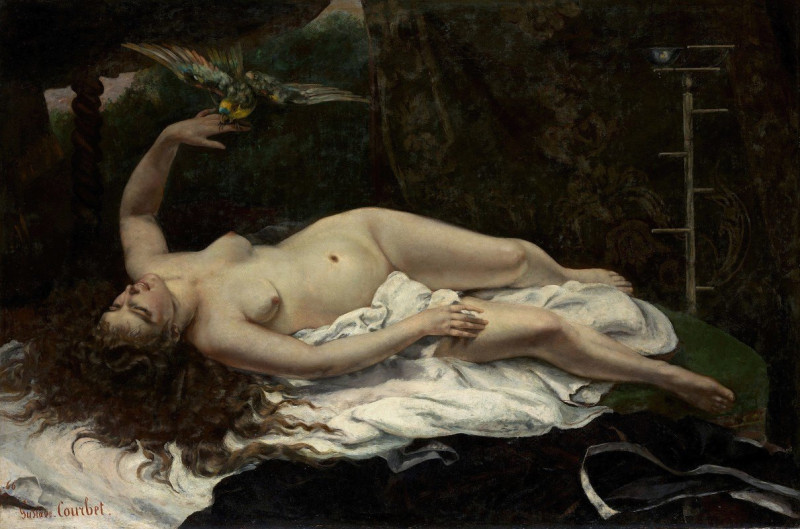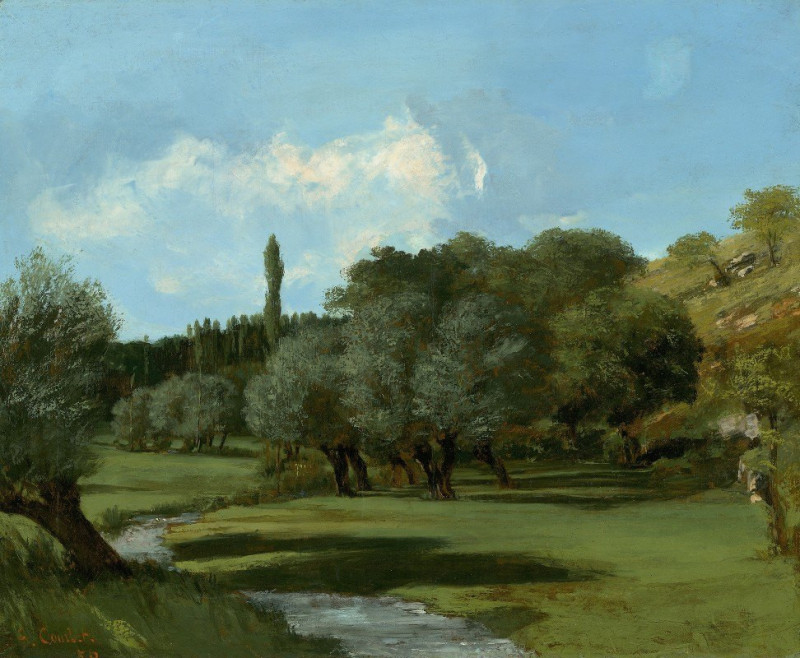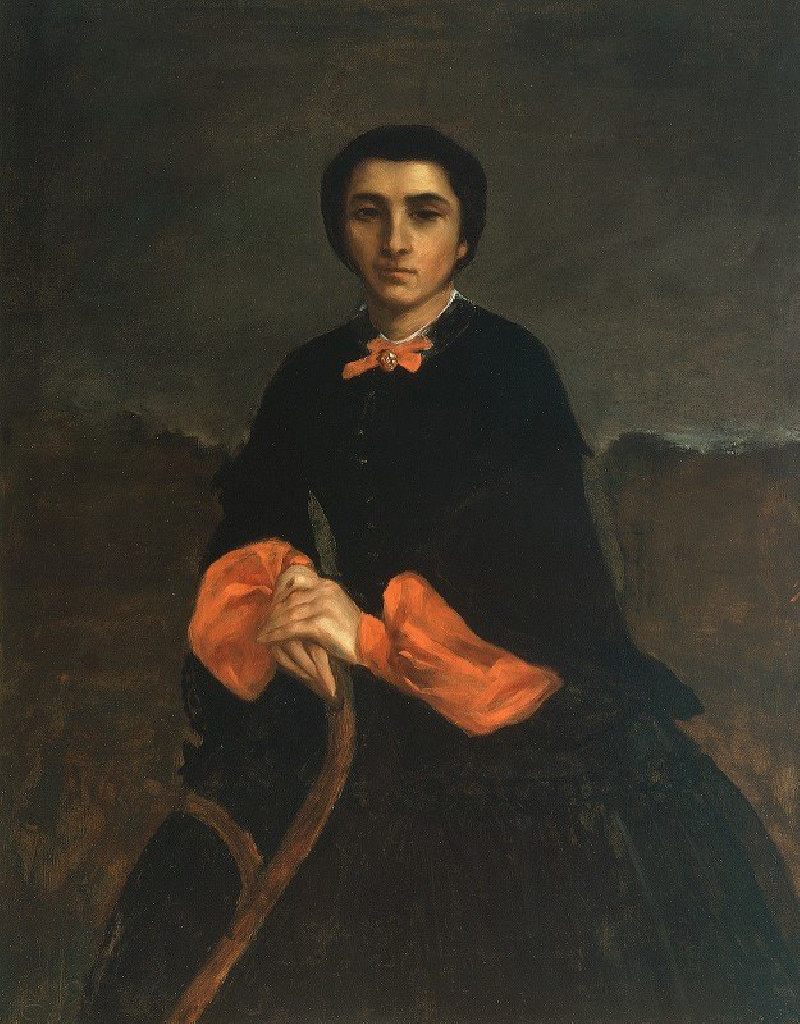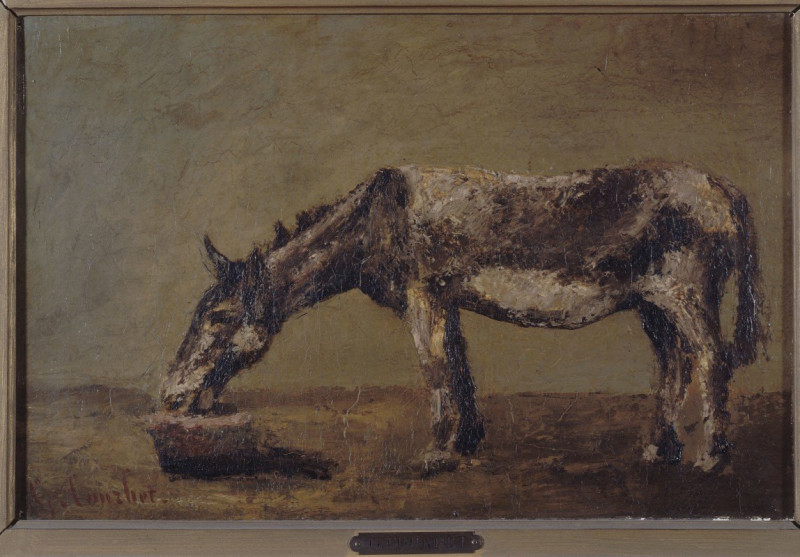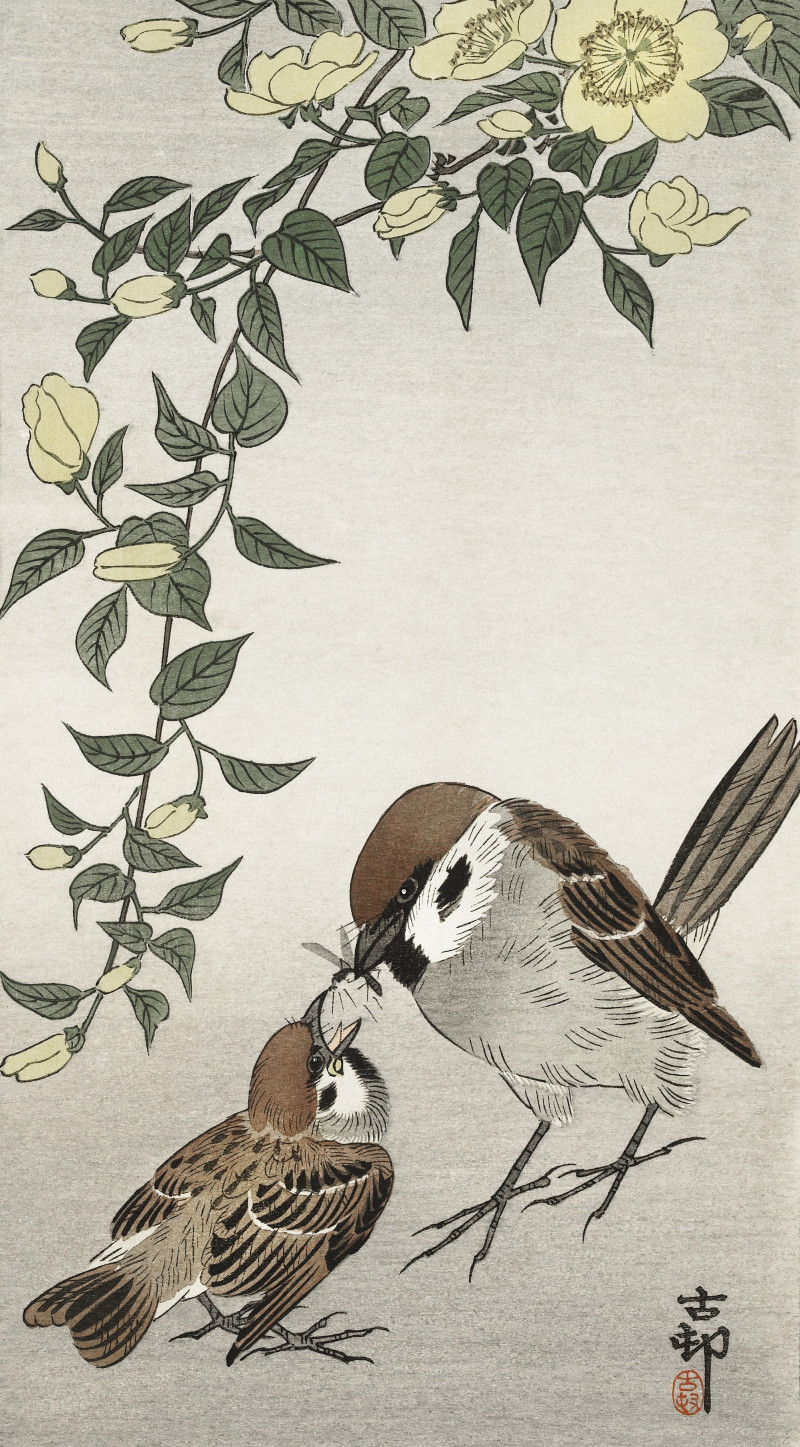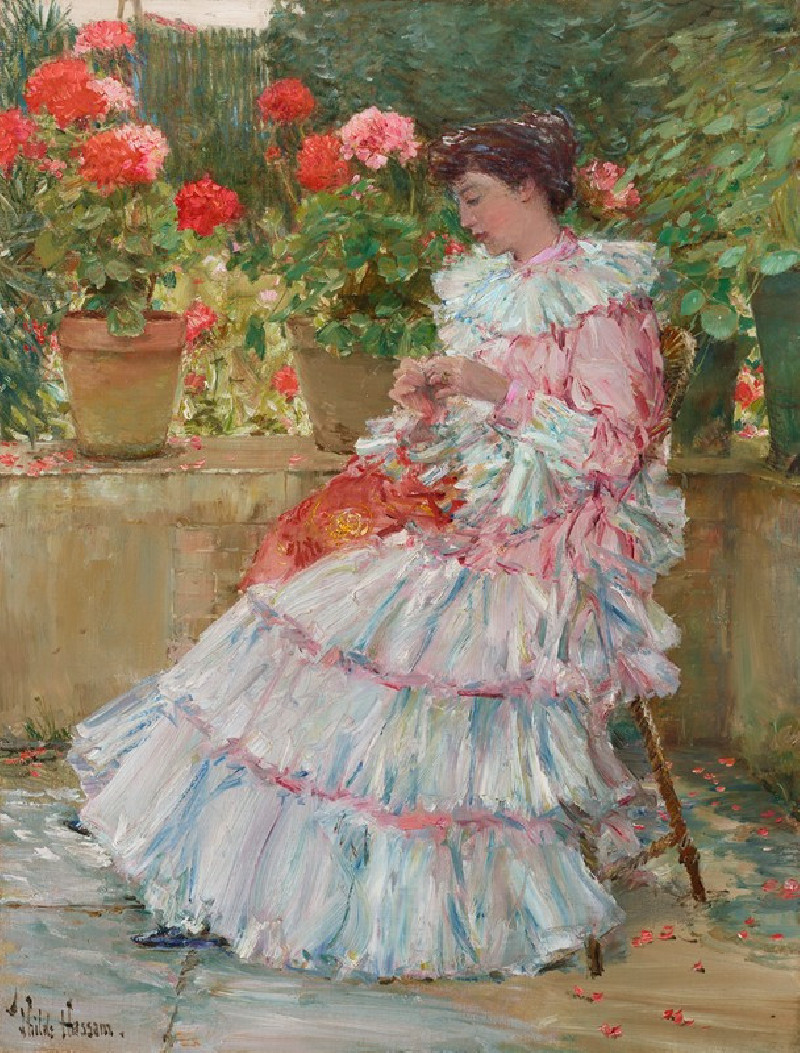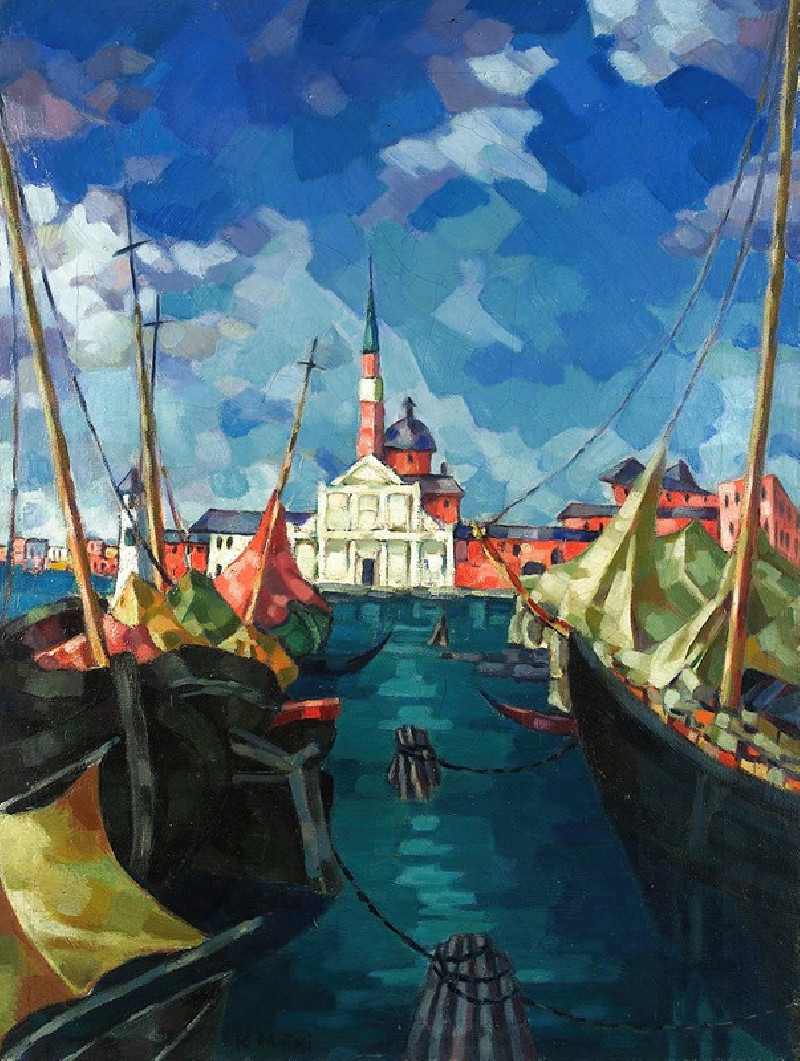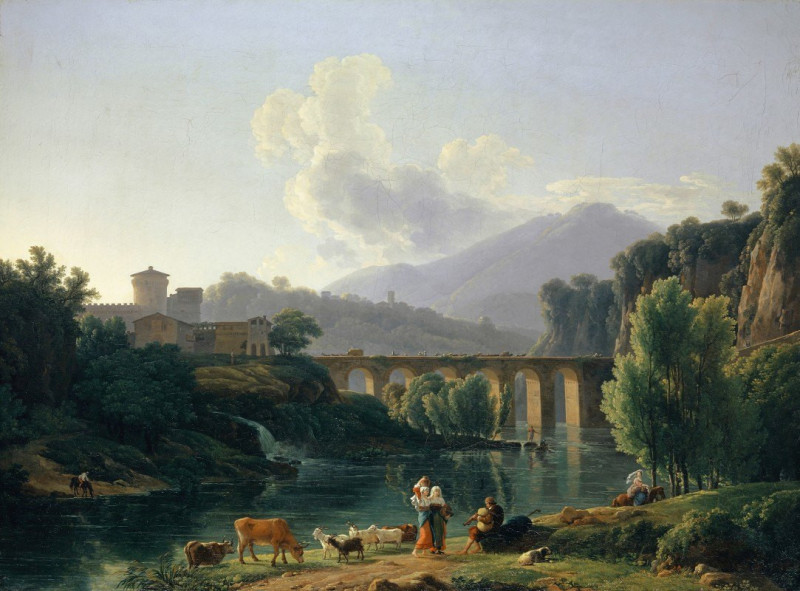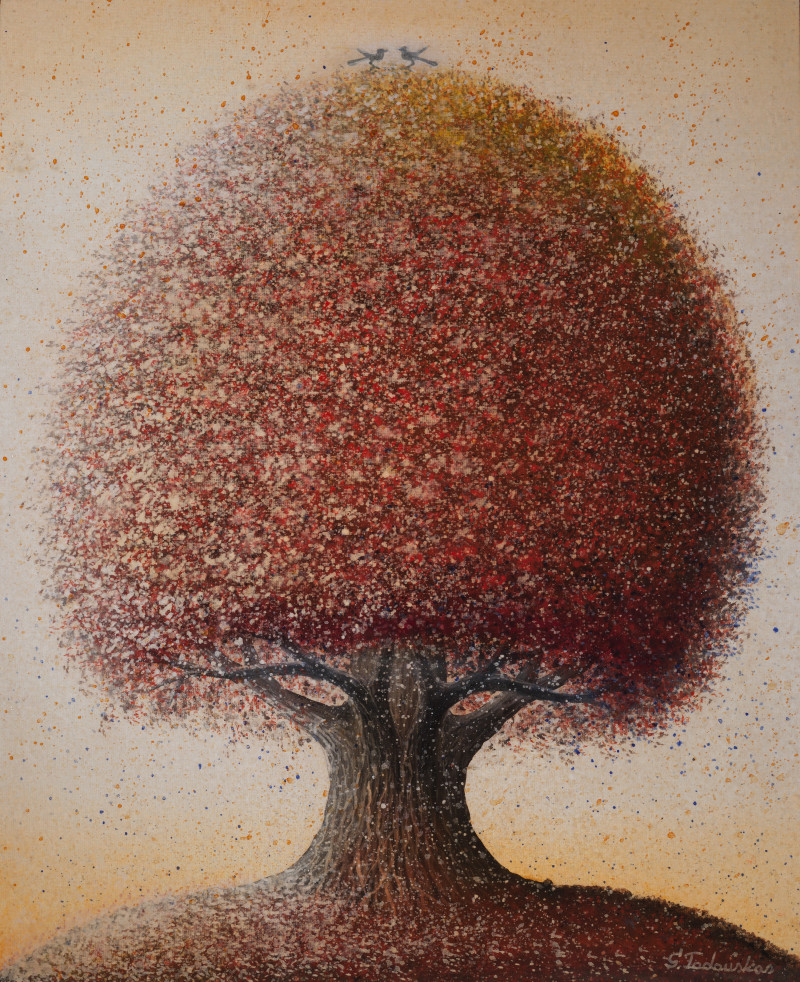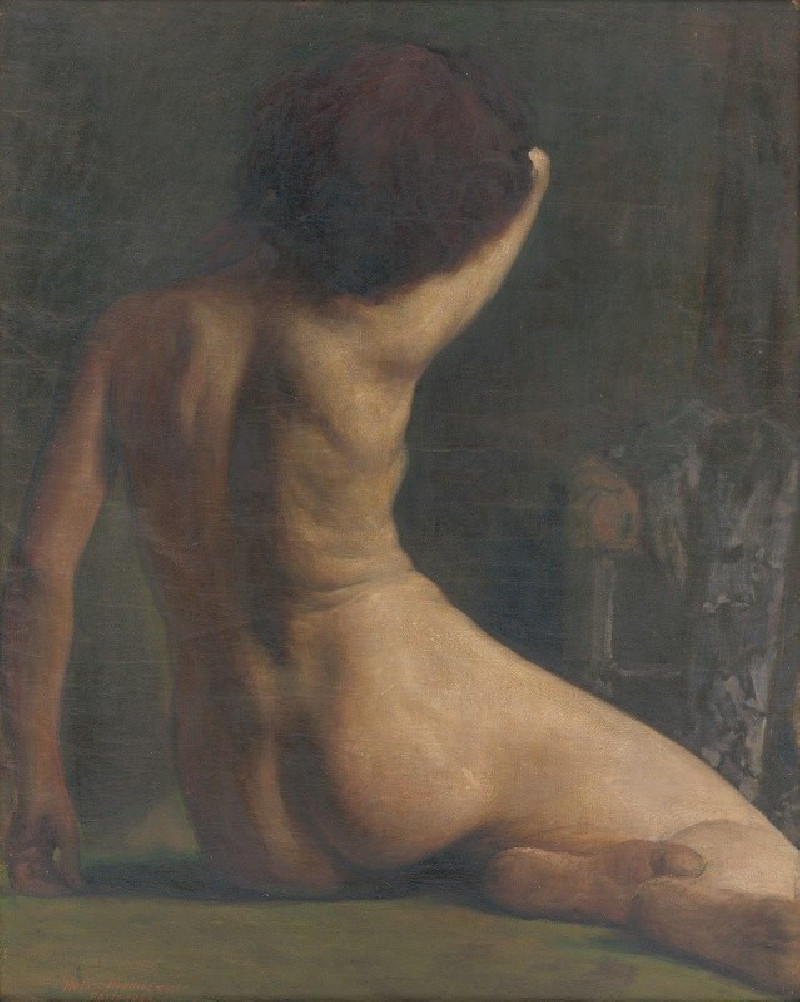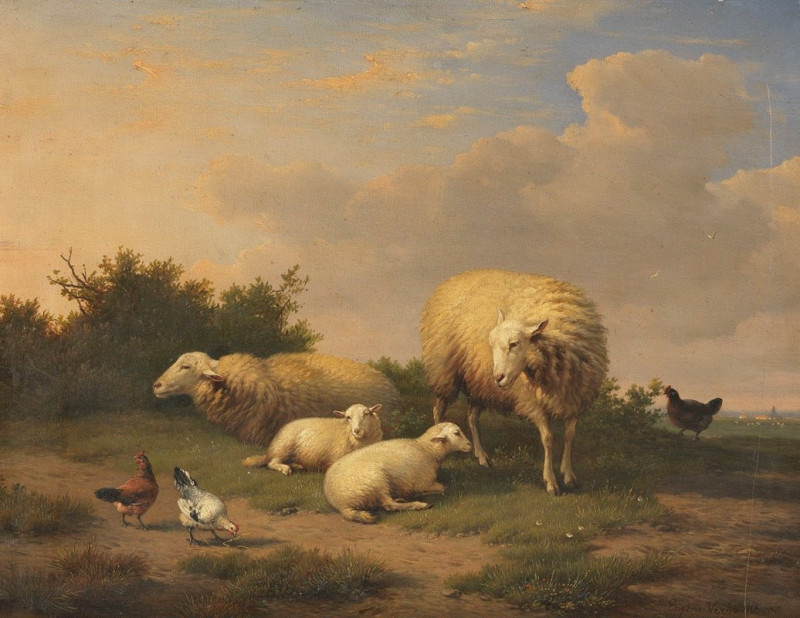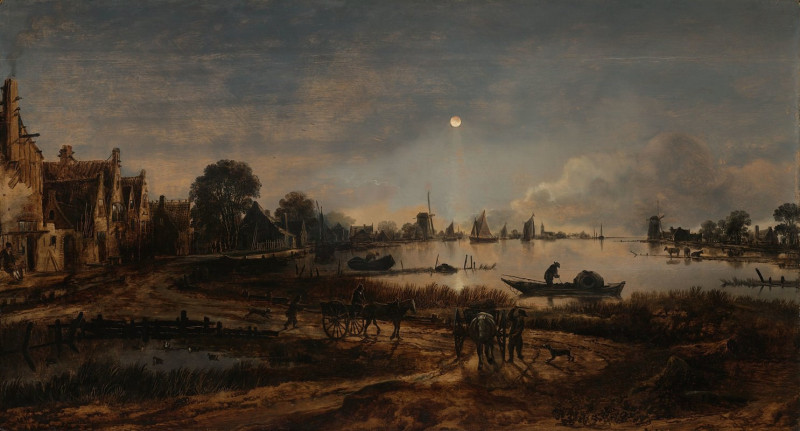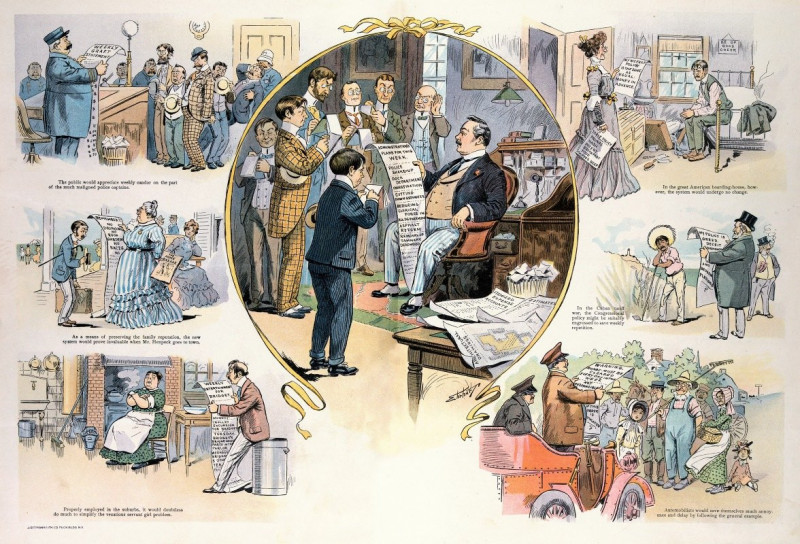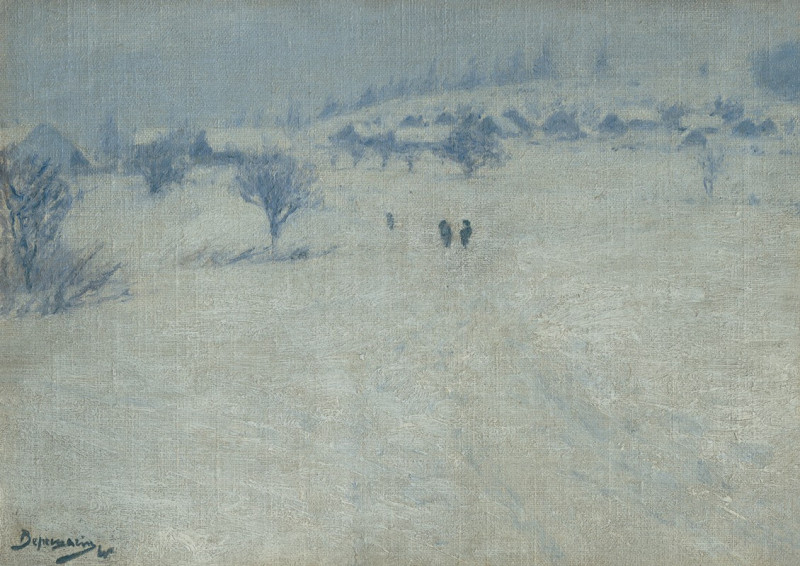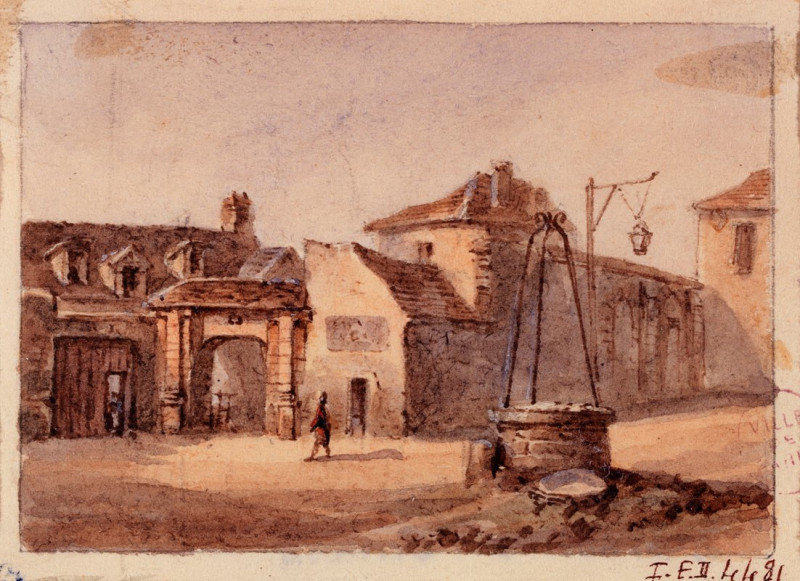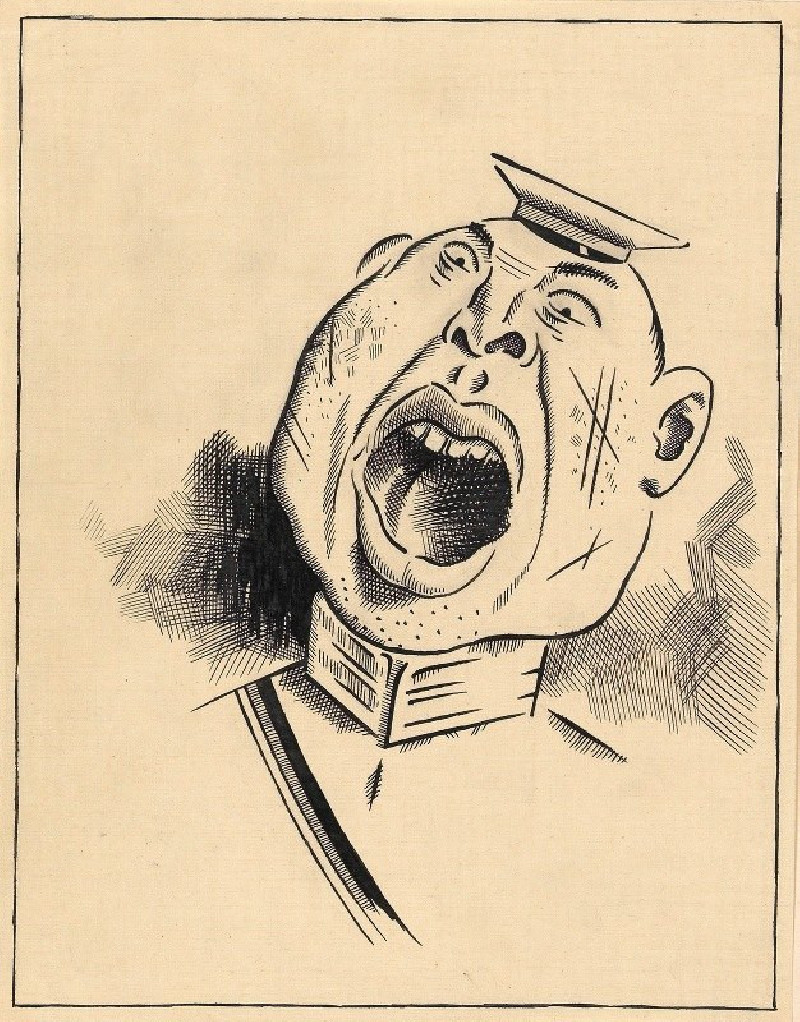Source de Lison près de Nans
Technique: Giclée quality print
Recommended by our customers
More about this artwork
Gustave Courbet's painting "Source de Lison près de Nans" invites viewers into a serene and verdant landscape that captivates with its natural beauty and tranquility. This mesmerizing artwork illustrates the birthplace of the Lison River, located near Nans-sous-Sainte-Anne, a place known for its picturesque vistas and geological uniqueness.In the painting, Courbet masterfully captures the lush greens of the surrounding foliage that contrasts strikingly with the rich, autumnal tones of the overhead leaves, possibly signaling the transition between seasons. The central element of the composition is the majestic, time-worn tree that stands as a sentry by the mouth of a shadowy, cavernous rock formation from which the river emerges. The dark cavern amplifies the mystery and depth of the natural scene, perhaps echoing the unexplored or untouched aspects of nature.The gentle flow of the Lison River is depicted with delicate brushstrokes, reflecting light that seems to dance on the water's surface. This effervescent quality of the water brings a dynamic element to the otherwise still and meditative landscape, inviting the viewer to ponder the continuous cycle of nature and the quiet yet powerful force of untouched landscapes.Courbet's realistic style, characterized by thick textural brushwork and a rich palette, allows us to feel the damp coolness of the air and the rough textures of the leaves and rocks. "Source de Lison près de Nans" is not just a visual journey but an evocative experience, offering a glimpse into the profound and undisturbed beauty of the French countryside.
Delivery
Returns
Jean Désiré Gustave Courbet (10 June 1819 – 31 December 1877) was a French painter who led the Realism movement in 19th-century French painting. Committed to painting only what he could see, he rejected academic convention and the Romanticism of the previous generation of visual artists. His independence set an example that was important to later artists, such as the Impressionists and the Cubists. Courbet occupies an important place in 19th-century French painting as an innovator and as an artist willing to make bold social statements through his work.




